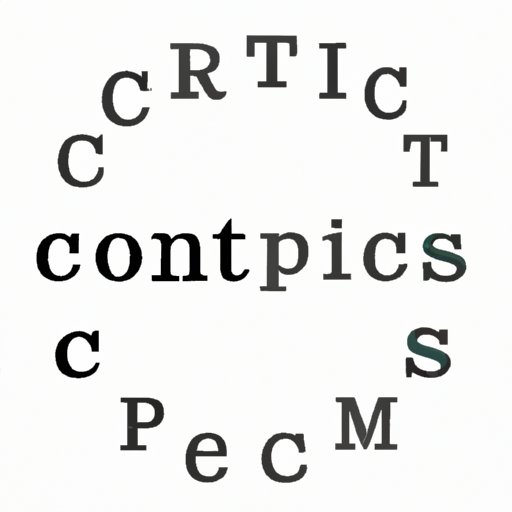Introduction
Creative Commons is an organization that enables creators to share their work with others in legally protected ways. Through Creative Commons licenses, creators can determine how their works are used, shared, and remixed, as well as how they are credited. Creative Commons has become increasingly popular over the years, as it allows creators to easily share their work with the world while still protecting their rights.
Definition of Creative Commons
Creative Commons is a nonprofit organization founded in 2001. Its mission is to “increase the amount of creativity (cultural, educational, and scientific content) in ‘the commons’ — the body of work that is available to the public for free and legal sharing, use, repurposing, and remixing.” Creative Commons licenses provide creators with a way to give up some of their copyright privileges and make their work available for others to use and build upon, while still retaining the rights to their original work.
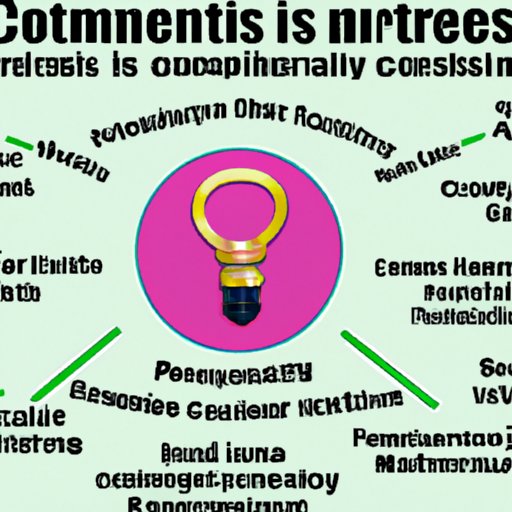
Overview of History and Purpose of Creative Commons
Creative Commons was created in response to the increasing difficulty of tracking down copyright holders for works that were distributed online. The organization was founded by Lawrence Lessig, a professor of law at Stanford University, who saw the need for an easier way for people to share their work without worrying about copyright infringement. Creative Commons licenses are designed to allow users to easily share their work while also protecting their rights. They provide a simple, standardized way for creators to declare what rights they are willing to give up and which rights they wish to retain.
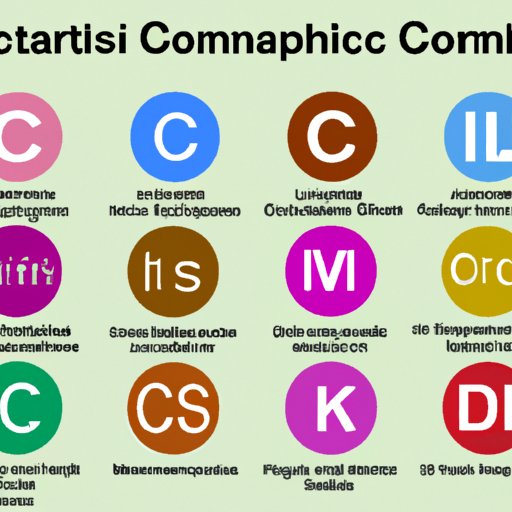
Types of Creative Commons Licenses
Creative Commons offers six different types of licenses, each with its own set of conditions and restrictions. The six licenses are: Attribution (CC BY), Attribution-ShareAlike (CC BY-SA), Attribution-NoDerivs (CC BY-ND), Attribution-NonCommercial (CC BY-NC), Attribution-NonCommercial-ShareAlike (CC BY-NC-SA), and Attribution-NonCommercial-NoDerivs (CC BY-NC-ND).
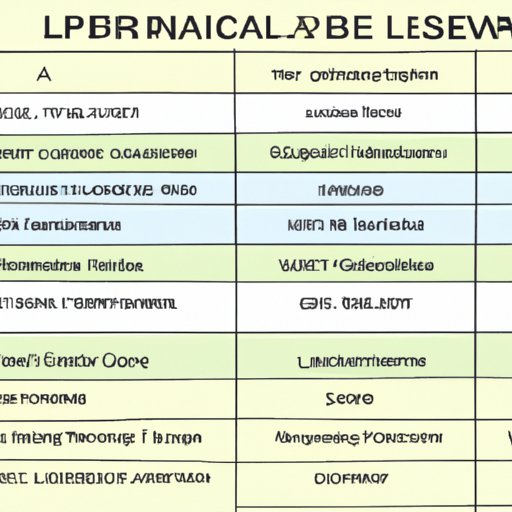
Description of Each Type of License
The Attribution (CC BY) license allows users to distribute, remix, tweak, and build upon the original work, even for commercial purposes, as long as they credit the original creator. The Attribution-ShareAlike (CC BY-SA) license is similar to the CC BY license, but requires that any derivative works be licensed under the same terms. The Attribution-NoDerivs (CC BY-ND) license allows users to copy and redistribute the work in any medium or format, but they cannot modify or adapt the work in any way. The Attribution-NonCommercial (CC BY-NC) license allows users to remix, tweak, and build upon the original work noncommercially, as long as they credit the original creator. The Attribution-NonCommercial-ShareAlike (CC BY-NC-SA) license is similar to the CC BY-NC license, but requires that any derivative works be licensed under the same terms. Finally, the Attribution-NonCommercial-NoDerivs (CC BY-NC-ND) license allows users to copy and redistribute the work in any medium or format, but they cannot modify or adapt the work in any way and they must not use it for commercial purposes.
How the Licenses Are Used
Creative Commons licenses are often used by individuals or organizations who want to make their work available to others without giving up all of their copyright privileges. For example, a photographer may choose to use a Creative Commons license to make their photos available for use by others, while still retaining the right to be credited for their work. Similarly, a software developer may choose to use a Creative Commons license to make their code available for others to use and modify, while still retaining the rights to their original work.
Advantages and Disadvantages of Creative Commons Licenses
Using Creative Commons licenses has both advantages and disadvantages. On the one hand, using Creative Commons licenses makes it easier for creators to make their work available for others to use and build upon, while still protecting their rights. On the other hand, Creative Commons licenses can be difficult to understand and enforce, and may not always provide the level of protection that creators are seeking.
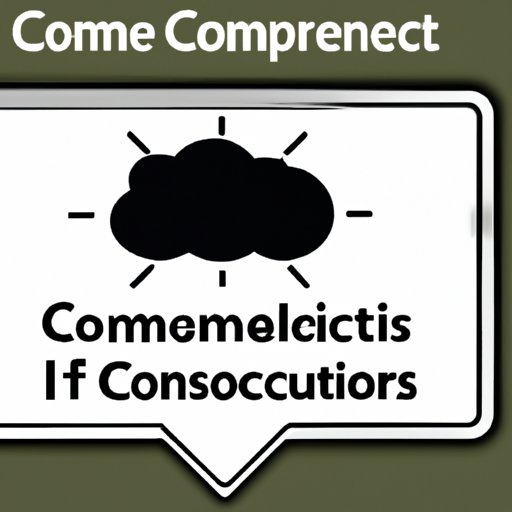
Benefits of Using Creative Commons Licenses
One of the main benefits of using Creative Commons licenses is that they make it easy for creators to make their work available for others to use and build upon, while still protecting their rights. Additionally, using Creative Commons licenses can help to increase visibility and exposure for creators, since their work will be more widely available. According to a study conducted by Creative Commons, “creators who use Creative Commons licenses report increased visibility, recognition, and opportunities from their work being shared and reused.”
Potential Drawbacks of Using Creative Commons Licenses
Although Creative Commons licenses can be beneficial, there are also potential drawbacks. One of the main drawbacks is that Creative Commons licenses can be difficult to understand and enforce. Additionally, Creative Commons licenses may not always provide the level of protection that creators are seeking. For example, if a creator is looking to protect their work from commercial use, they may need to use a different license than the ones offered by Creative Commons.
Using Creative Commons Resources
In addition to Creative Commons licenses, Creative Commons also offers a variety of resources that can be used to find, use, and cite Creative Commons-licensed works. These resources include the Creative Commons Search, which allows users to search for Creative Commons-licensed works; the Creative Commons Public Domain Mark, which allows users to mark their works as being in the public domain; and the Creative Commons Certification Program, which provides a way for users to certify that their works are properly attributed and licensed.
How to Find and Use Creative Commons Resources
Finding Creative Commons-licensed works is relatively easy. Users can search for Creative Commons-licensed works on the Creative Commons Search engine, or use other search engines such as Google or Bing to search for Creative Commons-licensed works. Once a user finds a work that they would like to use, they should make sure that they read and understand the license before using it. Additionally, users should always attribute the original creator when using Creative Commons-licensed works.
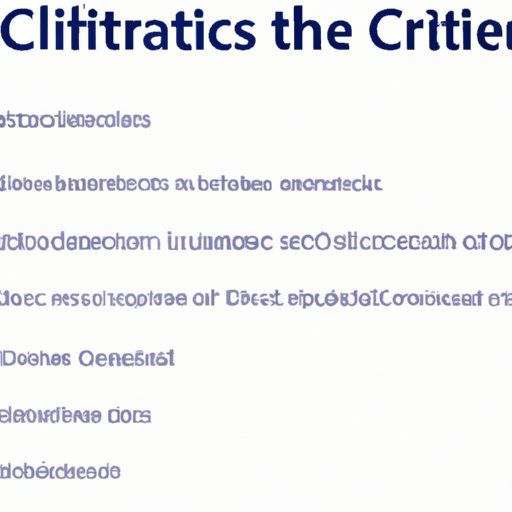
Guidelines for Citing Creative Commons Resources
When citing Creative Commons-licensed works, users should always provide proper attribution to the original creator. This can be done by including the creator’s name, the title of the work, and the Creative Commons license used. Additionally, users should provide a link to the original work, as well as a link to the Creative Commons license. For more information on citing Creative Commons-licensed works, users can refer to the Creative Commons website.
Expert Interviews
To gain further insight into Creative Commons and its various licenses and resources, we interviewed two experts in the field. We asked each expert the same questions about Creative Commons and their responses are summarized below.
Questions to Ask Experts about Creative Commons
- What do you think are the main benefits of using Creative Commons licenses?
- What advice would you give to someone who is new to Creative Commons?
- What challenges have you encountered when using Creative Commons licenses?
- What tips do you have for finding and using Creative Commons-licensed works?
Summary of Expert Responses
The experts agreed that the main benefit of using Creative Commons licenses is that they make it easy for creators to make their work available for others to use and build upon, while still protecting their rights. They also advised that anyone who is new to Creative Commons should take the time to read and understand the various licenses, as well as the guidelines for using and citing Creative Commons-licensed works. The experts noted that one of the biggest challenges when using Creative Commons licenses is making sure that the work is properly attributed and that the license is properly enforced. Finally, they offered the following tips for finding and using Creative Commons-licensed works: use the Creative Commons Search engine, read and understand the license before using it, and always provide proper attribution to the original creator.
Conclusion
Creative Commons is an organization that enables creators to share their work with others in legally protected ways. Through Creative Commons licenses, creators can determine how their works are used, shared, and remixed, as well as how they are credited. Creative Commons licenses provide creators with a way to give up some of their copyright privileges and make their work available for others to use and build upon, while still retaining the rights to their original work. While using Creative Commons licenses has many benefits, they can also be difficult to understand and enforce, and may not always provide the level of protection that creators are seeking. It is important for creators to take the time to read and understand the various licenses, as well as the guidelines for using and citing Creative Commons-licensed works.
Summary of Creative Commons
Creative Commons is an organization that enables creators to share their work with others in legally protected ways. Creative Commons licenses provide creators with a way to give up some of their copyright privileges and make their work available for others to use and build upon, while still retaining the rights to their original work. There are six different types of Creative Commons licenses, each with its own set of conditions and restrictions, and Creative Commons also offers a variety of resources that can be used to find, use, and cite Creative Commons-licensed works.
Recommendations for Using Creative Commons Licenses
When using Creative Commons licenses, it is important to read and understand the various licenses, as well as the guidelines for using and citing Creative Commons-licensed works. Additionally, creators should always provide proper attribution to the original creator when using Creative Commons-licensed works. Finally, it is important to remember that Creative Commons licenses may not always provide the level of protection that creators are seeking, so it is important to consider other options if additional protection is required.
(Note: Is this article not meeting your expectations? Do you have knowledge or insights to share? Unlock new opportunities and expand your reach by joining our authors team. Click Registration to join us and share your expertise with our readers.)
